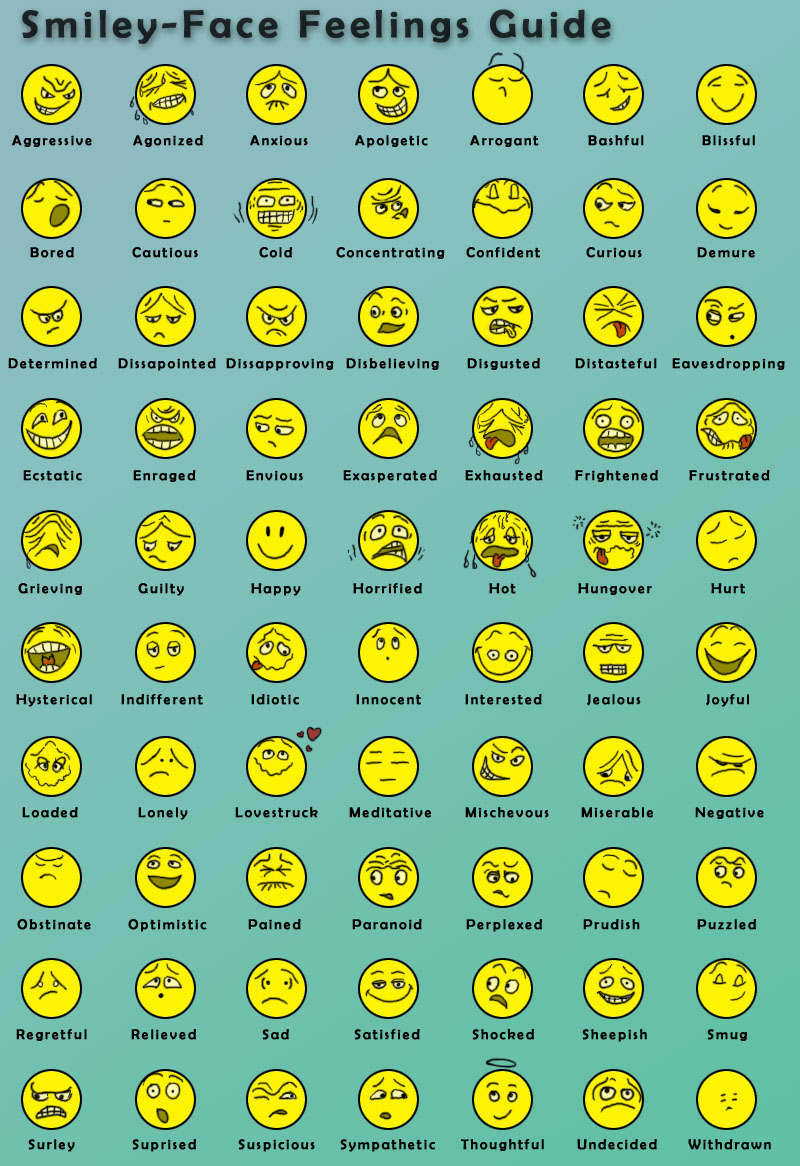There a lot of different types of blogs in the cyber-world. They can mainly be divided into three different categories: by genre, by the media being used to deliver, and by the device used to post them.
By Genre:- Personal blog
- Cultural blog: music, arts, theater and other popular culture.
- Topic blog : gadgets, how-to's, softwares, etc.
- Business blog: talks about business developments, stock market, economic changes.
- Science blog: discuss and dissect scientific data
- Collaborative blog: where it is written / managed by two or more authors.
- Eclectic blog: focuses on unusual topic such as
- Educational blog: used by students or tutors for researches, findings, and other educational articles
- Directory blog:
- Forum blog: open blogs for opinions and debates, or commercial usages
By Media:By the different medias being used to deliver the messages in the blogs, they can be divided into:
vlog - is a blog containing video
linklog - is a blog, containing links
sketchblog - sketches or portfolio
photoblog - photos
tumblogs -Blogs with different types of contents
There may still be more different kinds of media being used, but these are the ones mainly being used currently.
By Devices:This one is mainly divided into traditional (via PC or laptops) amd MoBlog (via mobile phone, PDAs, Blackberry, or any mobile devices.)
Taxonomy of BlogsBy reading the transcript of Margaret Simons'
Taxonomy of blogs,there are 9 different types of blogs according to her, and she tried to name them all:
1.
Pamphleteering Blogs. These are the sites where groups of individuals argue a case or push a cause.
2.
The Digest Blog. These are the guides and summaries to things you can access elsewhere,sometimes they include commentary as well.
3.
The Advocacy Blog. This is a subset of pamphleteering, but being putting under a different category because these blogs are usually run by established advocacy groups or commercial organisations rather than by individuals, and focus only on a single topic, instead of many different issues.
4.
The Popular Mechanics Blog. There is now a large and diverse set of often uniquely valuable blogs that offer training and advice in specialist fields.
5.
The Exhibition Blog. These are blogs maintained by writers, craftspeople, artists and other kinds of artsy people in which they exhibit their arts to a wider audience.
6.
The Gatewatcher Blog. The one's dogwatching other media's contents.
7
The Diary. The many Diary Blogs are intended for the friends and family of individuals. They generally are filled with news, photos and information of a lone's personal life.
8.
The Advertisement. Companies pay established bloggers to promote their products, as well as creating their own blogs to do exactly the same thing.
9.
The News Blog. These are the blogs completely reserved to bring news from different parts of the world, with their different views and perspective on politics, war, disease, etc.
References:
1. Different Types of Blogs, Geekpoint Forum, viewed 18 April 2010 at
http://www.geekpoint.net/blogging/5019-different-types-blogs.html
2. Revell,M,, 2009, All About Blogging, History of Blogs, Types of Blogs, viewed at 18 April 2010 at
http://www.webeditorblog.com/
3. Simons, M, 2008,
A Taxonomy of Blogs, The Media Report, viewed 16 April 2010, at
http://www.abc.net.au/rn/mediareport/stories/2008/2372882.htm#transcript
4. Simons,M, 2008,
Towards a taxonomy of blogs, Australian Policy Online, viewed at 16 April 2010 at
http://www.apo.org.au/commentary/towards-taxonomy-blogs-0


 (Wikipedia)
(Wikipedia) (Garfield without Garfield)
(Garfield without Garfield)



 Internet privacy consists of privacy over the media of the Internet: the ability to control what information one reveals about oneself over the Internet, and to control who can access that information. With the rapid growth of technology, especially the internet nowadays, it is only normal that general information of generally most people can be found on the net with a single click. Have you tried Goggling your own name? Most of the time, people will straight away be connected to their Facebook page, Twitter profile, MySpace, or the good old Friendster page. It is easier than ever to get connected to friends and family, but at the same it is also easier for people who do not even know you, to know almost little thing about you.
Internet privacy consists of privacy over the media of the Internet: the ability to control what information one reveals about oneself over the Internet, and to control who can access that information. With the rapid growth of technology, especially the internet nowadays, it is only normal that general information of generally most people can be found on the net with a single click. Have you tried Goggling your own name? Most of the time, people will straight away be connected to their Facebook page, Twitter profile, MySpace, or the good old Friendster page. It is easier than ever to get connected to friends and family, but at the same it is also easier for people who do not even know you, to know almost little thing about you.







